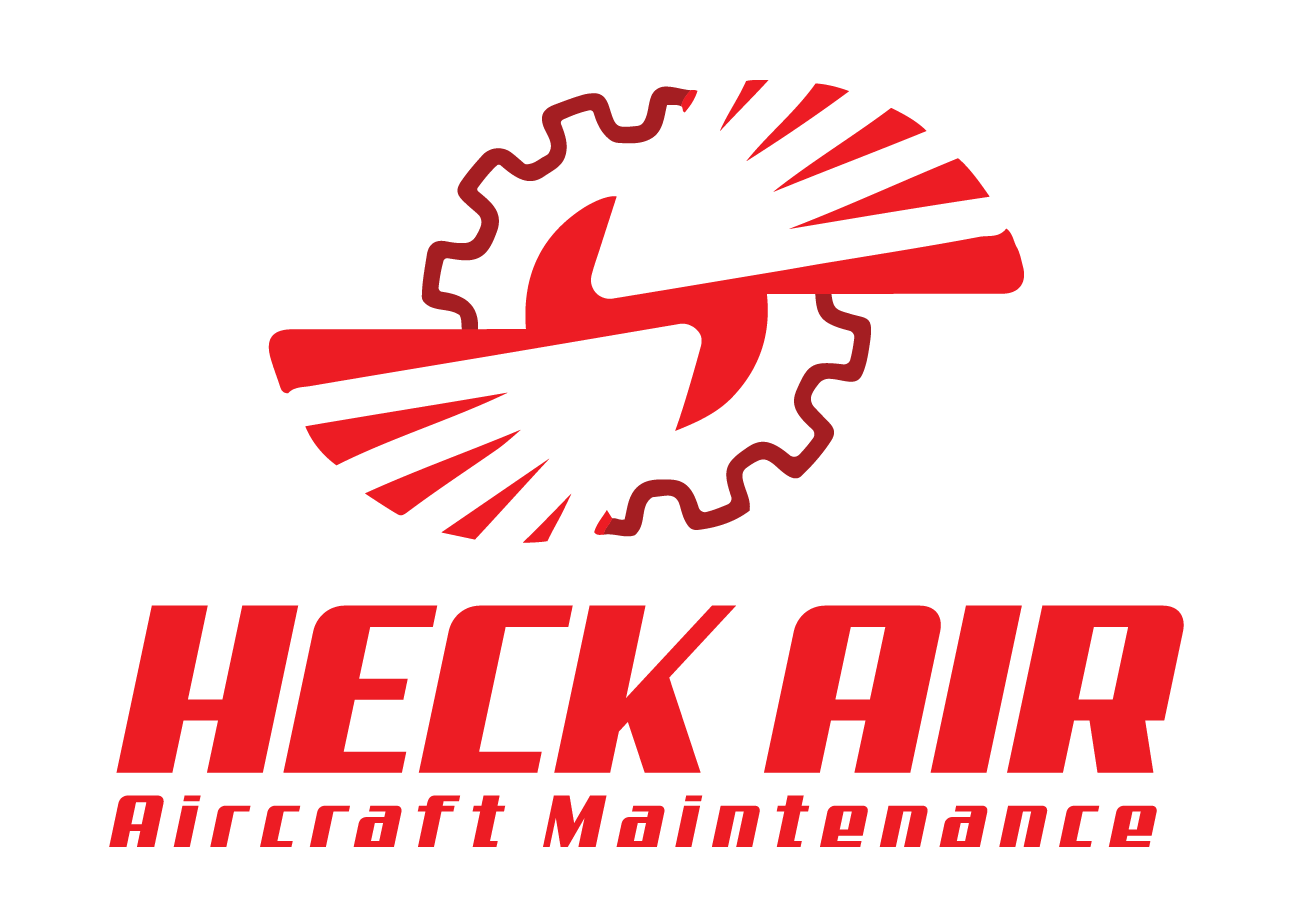What’s in a Logbook? How to Read and Maintain Aircraft Maintenance Records
If you're a new aircraft owner or student pilot, one of the most important—and often overlooked—parts of aircraft ownership is understanding the aircraft logbooks. These aren't just notebooks or technical journals; they're legal records required by the FAA and are essential for tracking the history, airworthiness, and value of your aircraft.
Why Logbooks Matter
According to 14 CFR §91.417, all U.S. aircraft must have up-to-date maintenance records. These logbooks document critical information, including:
Scheduled inspections
Airworthiness directive (AD) compliance
Repairs and alterations
Time-in-service records
Status of life-limited parts
Keeping detailed, organized, and compliant logbooks ensures your aircraft remains legal to fly and holds its value over time—especially when it comes time to sell or transfer ownership.
What Must Be Included?
Each maintenance entry must include specific information as outlined by FAA regulation:
A description of the work performed (or a reference to data that describes the work)
The date the work was completed
The total time in service of the airframe, engine, or component affected
The signature, certificate number, and certificate type of the person approving the work
Additionally, logbooks must track:
The current status of life-limited parts
Time since last overhaul for relevant components
Current inspection status (e.g., annual, 100-hour)
Compliance with all applicable ADs
Major repairs or alterations also require FAA Form 337 and proper documentation in the logs.
Who Can Sign Aircraft Logbooks?
Only qualified individuals are authorized to make and sign logbook entries. These include:
A&P (Airframe & Powerplant) mechanics
IA (Inspection Authorization) holders for annuals and major repairs
FAA-certified repair stations
Pilots/owners, but only for preventive maintenance as allowed under Part 43
Each sign-off must follow the FAA’s formatting and content rules. Improper or missing entries can result in the aircraft being declared unairworthy.
How Maintenance Shops Handle Logbook Entries
Most maintenance shops, including ours, issue logbook entry stickers when work is completed and signed off. These pre-formatted adhesive labels include all required FAA sign-off information and are designed to be affixed directly into the aircraft's physical logbook. This ensures that entries are clean, legible, and easy to reference.
It’s your responsibility as the owner to keep those logbooks safe, organized, and readily available during inspections, audits, or potential aircraft sales.
Final Thoughts: Stay Organized, Stay Airworthy
Logbooks might not be the flashiest part of aviation, but they’re one of the most important. Whether you're logging routine maintenance, tracking inspections, or complying with ADs, your logbooks are the foundation of your aircraft's legal and mechanical status.
Looking for reliable logbooks, entry labels, or tools to keep your aircraft in top shape? Visit Fallon Pilot Shop—we stock everything you need to help you and your A&P stay on top of inspections, sign-offs, and FAA compliance.

